I've been using this tutorial online to try and save the input value for one of my form fields.
So far without any success.
Am I doing something wrong?
<script type="text/javascript">
var today = new Date();
var expiry = new Date(today.getTime() + 30 * 24 * 3600 * 1000); // plus 30 days
function setCookie(name, value) {
document.cookie=name + "=" + escape(value) + "; path=/; expires=" + expiry.toGMTString();
}
function storeValues(form) {
setCookie("email", form.email-field.value);
return true;
}
if(email = getCookie("email")) document.getElementById('login-form').email-field.value = email-field;
function getCookie(name) {
var re = new RegExp(name + "=([^;]+)");
var value = re.exec(document.cookie);
return (value != null) ? unescape(value[1]) : null;
}
document.write(getCookie("email"));
</script>
HTML:
<form action="" method="post" id="login-form">
<input class="field" type="text" name="email-field" placeholder="e-mail" style="text-transform: lowercase;" autofocus>
<br>
<input class="field" type="password" name="pass" placeholder="password">
<button type="submit"></button>
